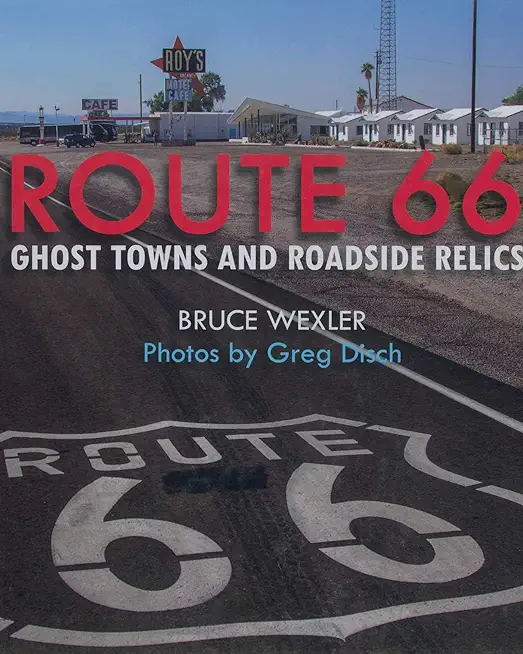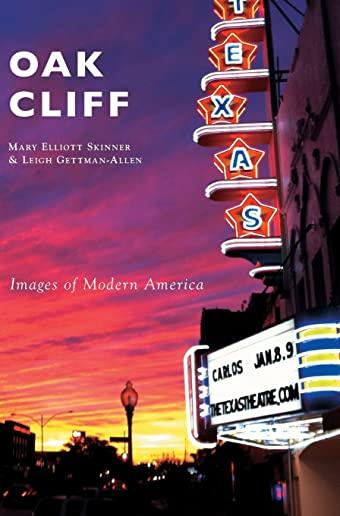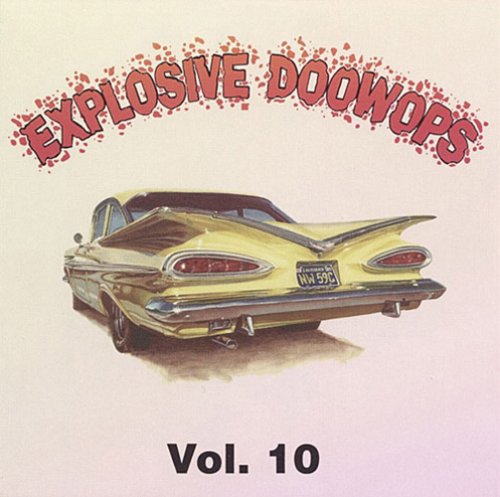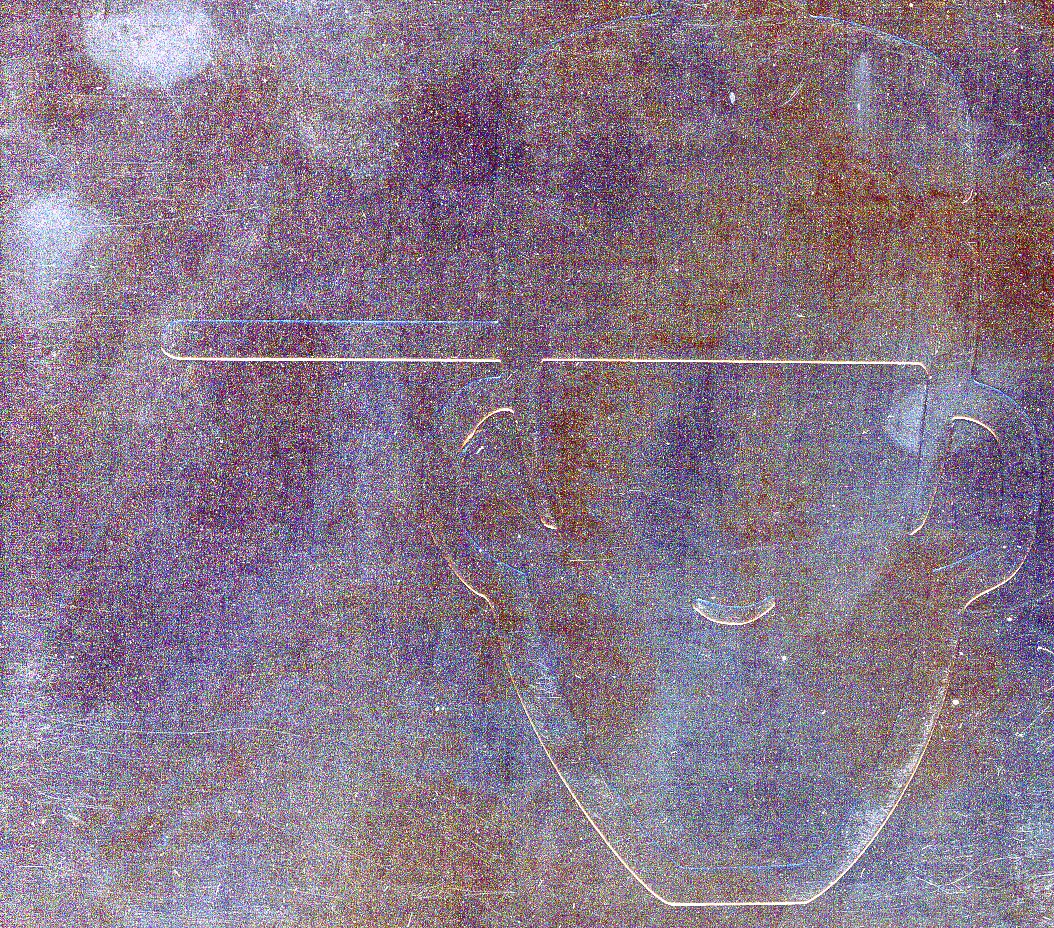
Shelburne, Orville B.
product information
description
0
The 1848 treaty of Guadalupe Hidalgo that ended the Mexican-American War described a boundary between the two countries that was to be ascertained by a joint boundary commission effort. The section of the boundary along the Rio Grande from Presidio to the mouth of the Pecos River was arguably the most challenging, and it was surveyed by two American parties, one led by civilian surveyor M. T. W. Chandler in 1852, and the second led by Lieutenant Nathaniel Michler in 1853. Our understanding of these two surveys across the greater Big Bend has long been limited to the official reports and maps housed in the National Archives and never widely published. The discovery by Orville B. Shelburne of the journal kept by Dr. Charles C. Parry, surgeon-botanist-geologist for the 1852 party, has dramatically enriched the story by giving us a firsthand view of the Chandler boundary survey as it unfolded. Parry's journal forms the basis of From Presidio to the Pecos River, which documents the day-to-day working of the survey teams. The story Shelburne tells is one of scientific exploration under duress--surveyors stranded in towering canyons overnight without food or shelter; piloting inflatable rubber boats down wild rivers; rising to the challenges of a profoundly remote area, including the possibility of Indian attack. Shelburne's comparison of the original boundary maps with their modern counterparts reveals the limitations of terrain and equipment on the survey teams. Shelburne's book provides a window on the adventure, near disaster, and true accomplishment of the surveyors' work in documenting the course of the Rio Grande across the Big Bend region.
The 1848 treaty of Guadalupe Hidalgo that ended the Mexican-American War described a boundary between the two countries that was to be ascertained by a joint boundary commission effort. The section of the boundary along the Rio Grande from Presidio to the mouth of the Pecos River was arguably the most challenging, and it was surveyed by two American parties, one led by civilian surveyor M. T. W. Chandler in 1852, and the second led by Lieutenant Nathaniel Michler in 1853. Our understanding of these two surveys across the greater Big Bend has long been limited to the official reports and maps housed in the National Archives and never widely published. The discovery by Orville B. Shelburne of the journal kept by Dr. Charles C. Parry, surgeon-botanist-geologist for the 1852 party, has dramatically enriched the story by giving us a firsthand view of the Chandler boundary survey as it unfolded. Parry's journal forms the basis of From Presidio to the Pecos River, which documents the day-to-day working of the survey teams. The story Shelburne tells is one of scientific exploration under duress--surveyors stranded in towering canyons overnight without food or shelter; piloting inflatable rubber boats down wild rivers; rising to the challenges of a profoundly remote area, including the possibility of Indian attack. Shelburne's comparison of the original boundary maps with their modern counterparts reveals the limitations of terrain and equipment on the survey teams. Shelburne's book provides a window on the adventure, near disaster, and true accomplishment of the surveyors' work in documenting the course of the Rio Grande across the Big Bend region.
member goods
No member items were found under this heading.
Return Policy
All sales are final
Shipping
No special shipping considerations available.
Shipping fees determined at checkout.







